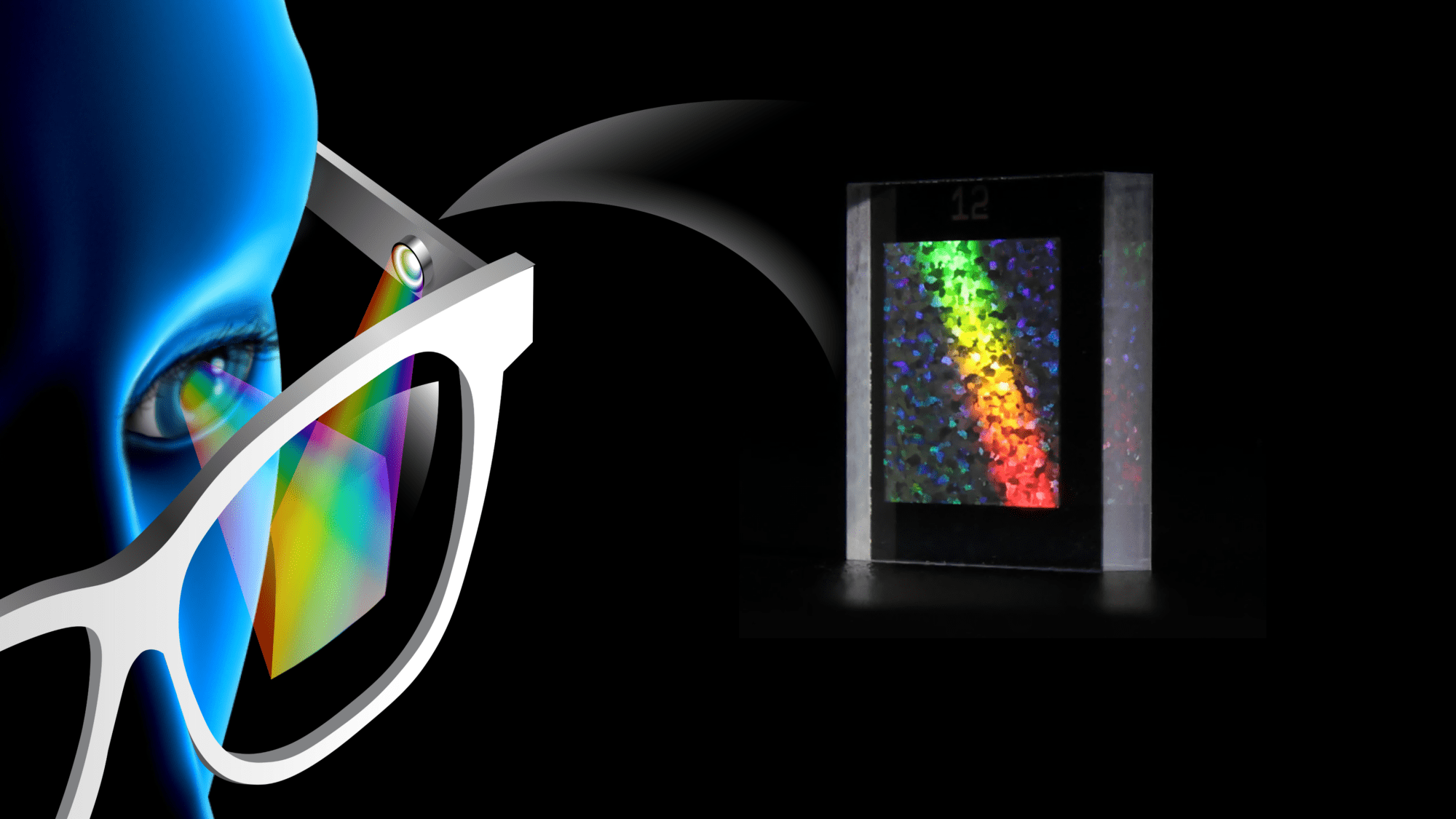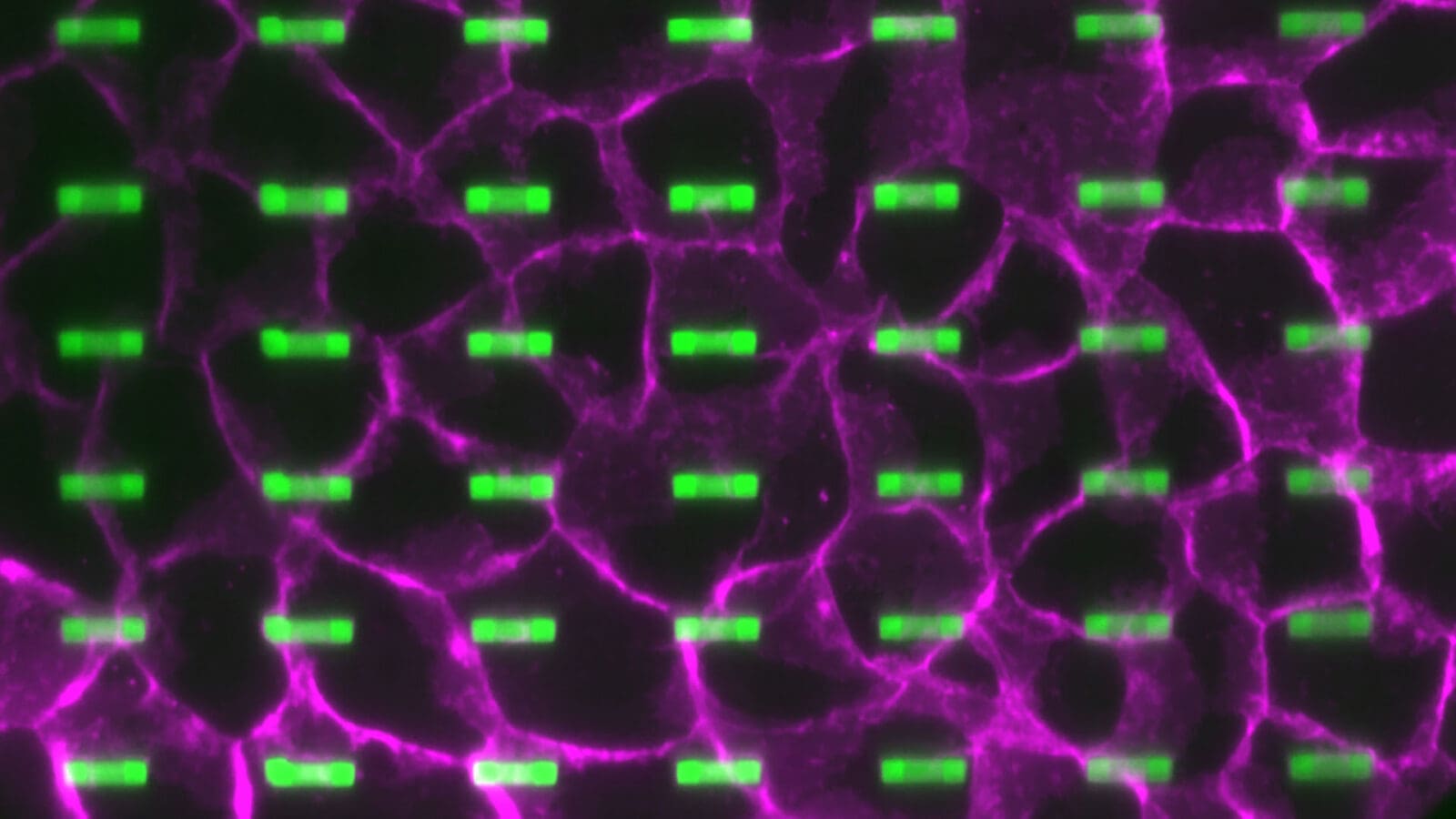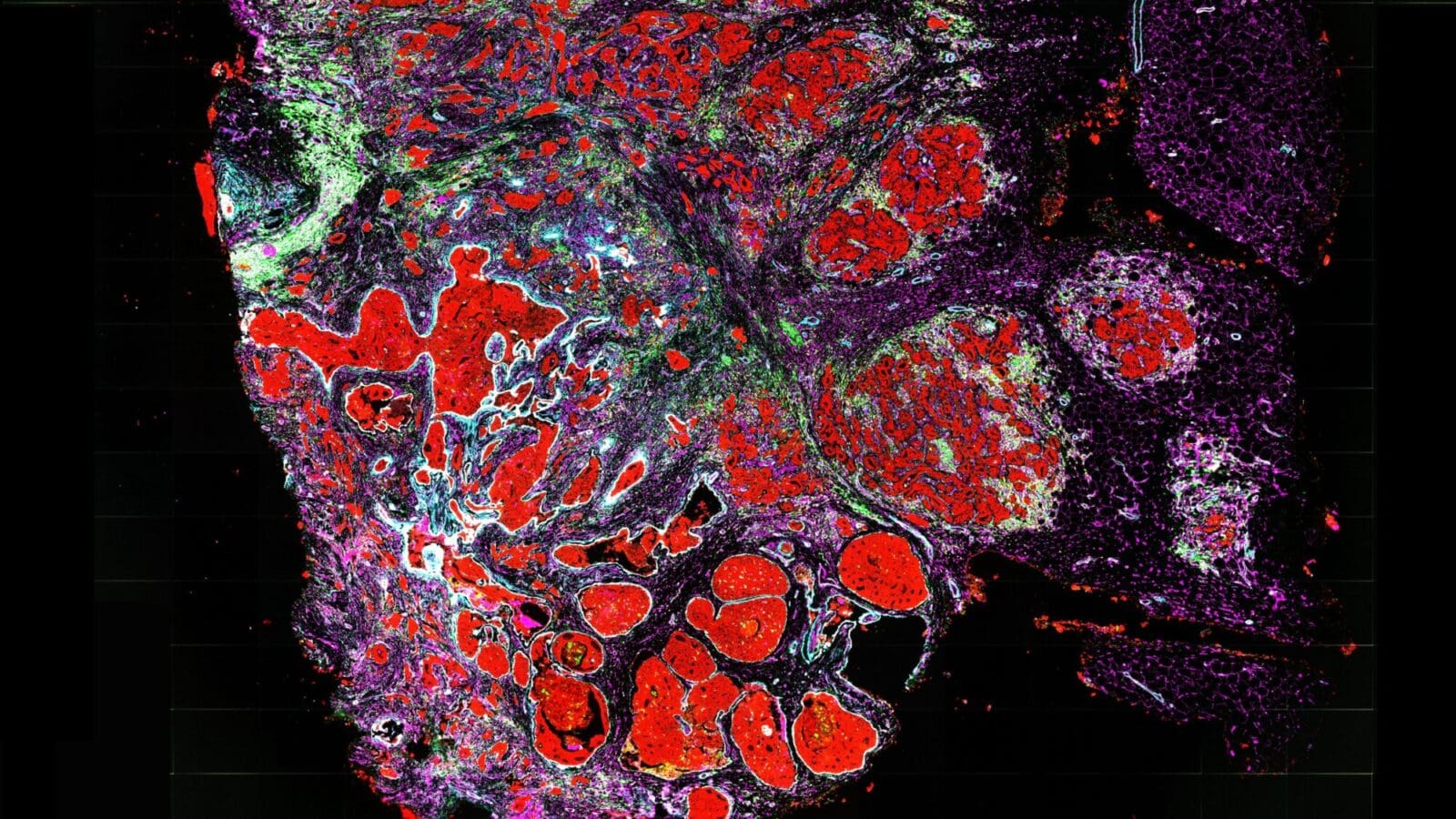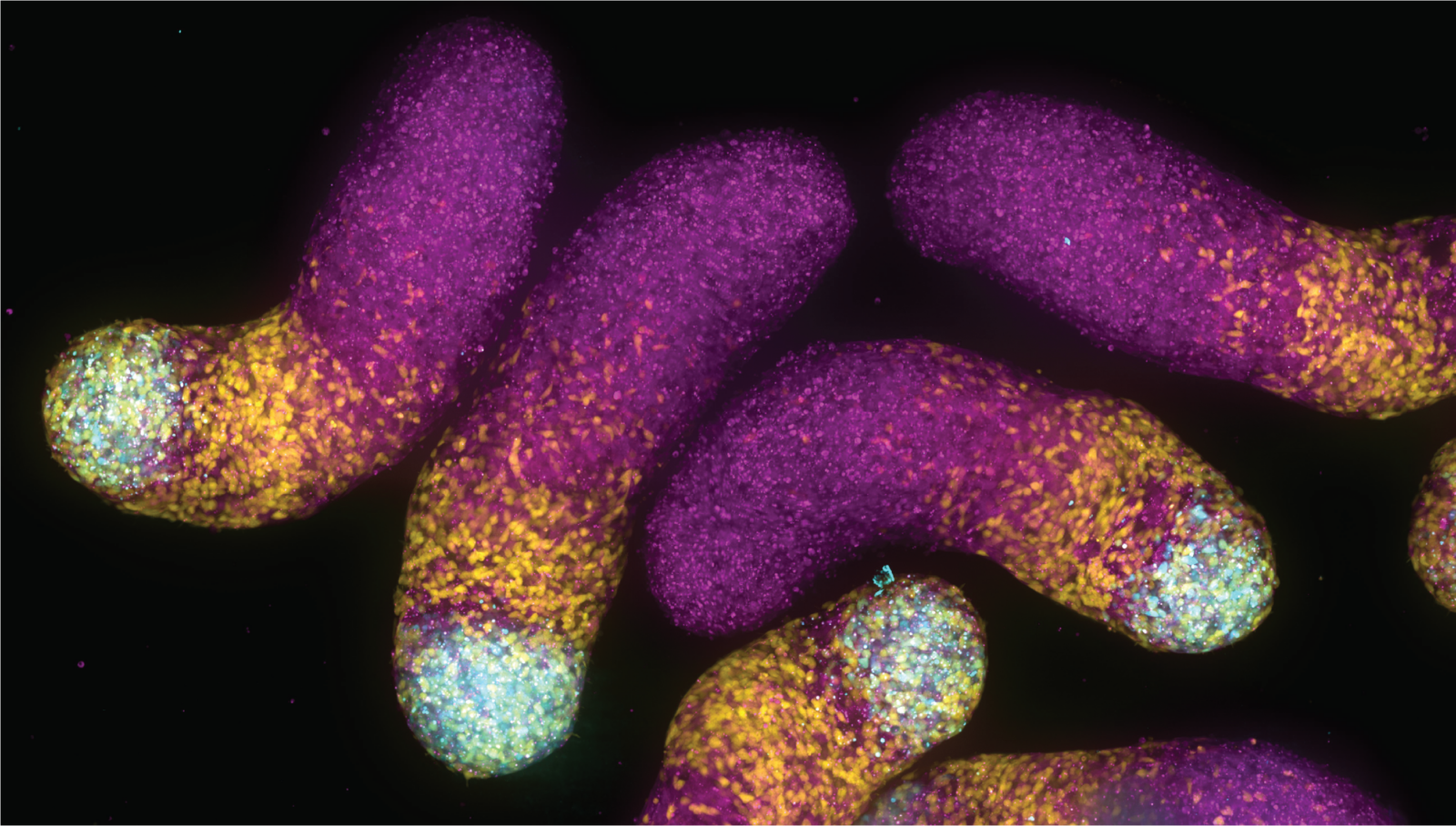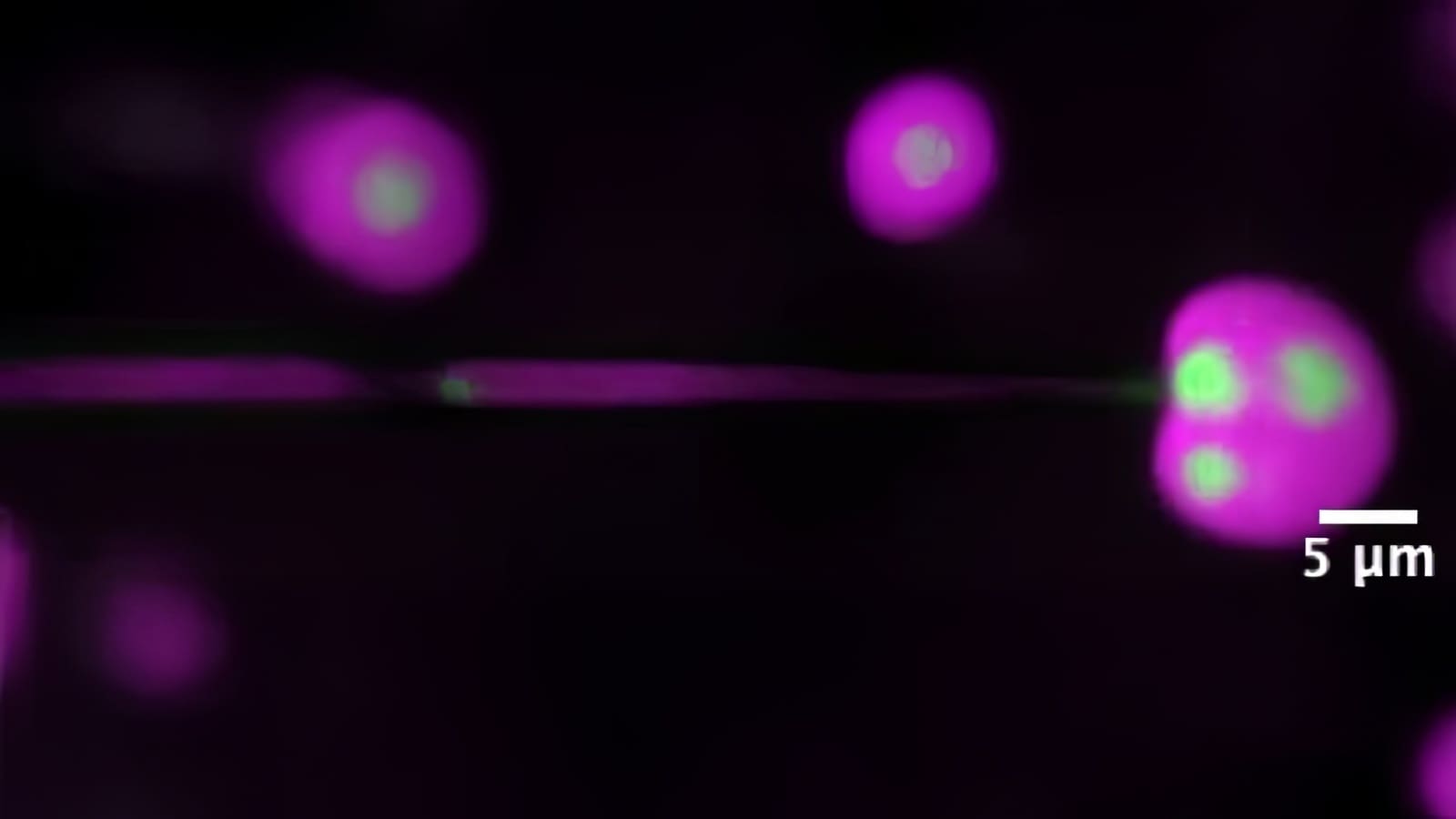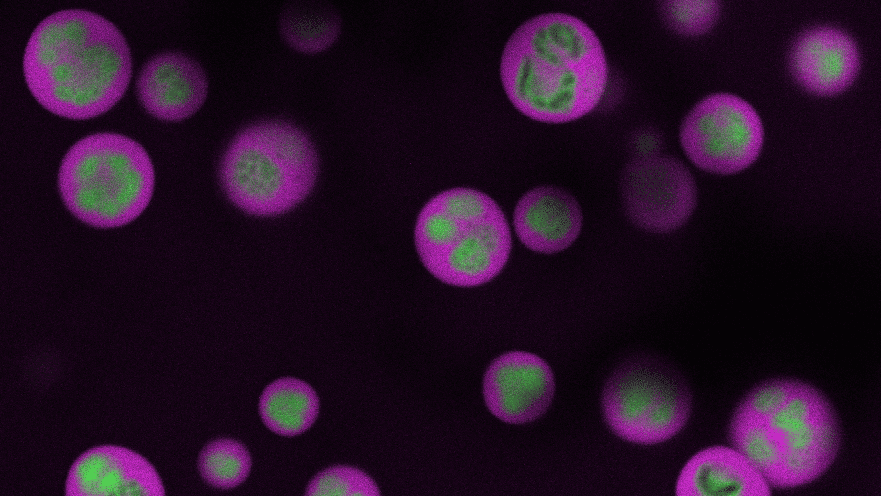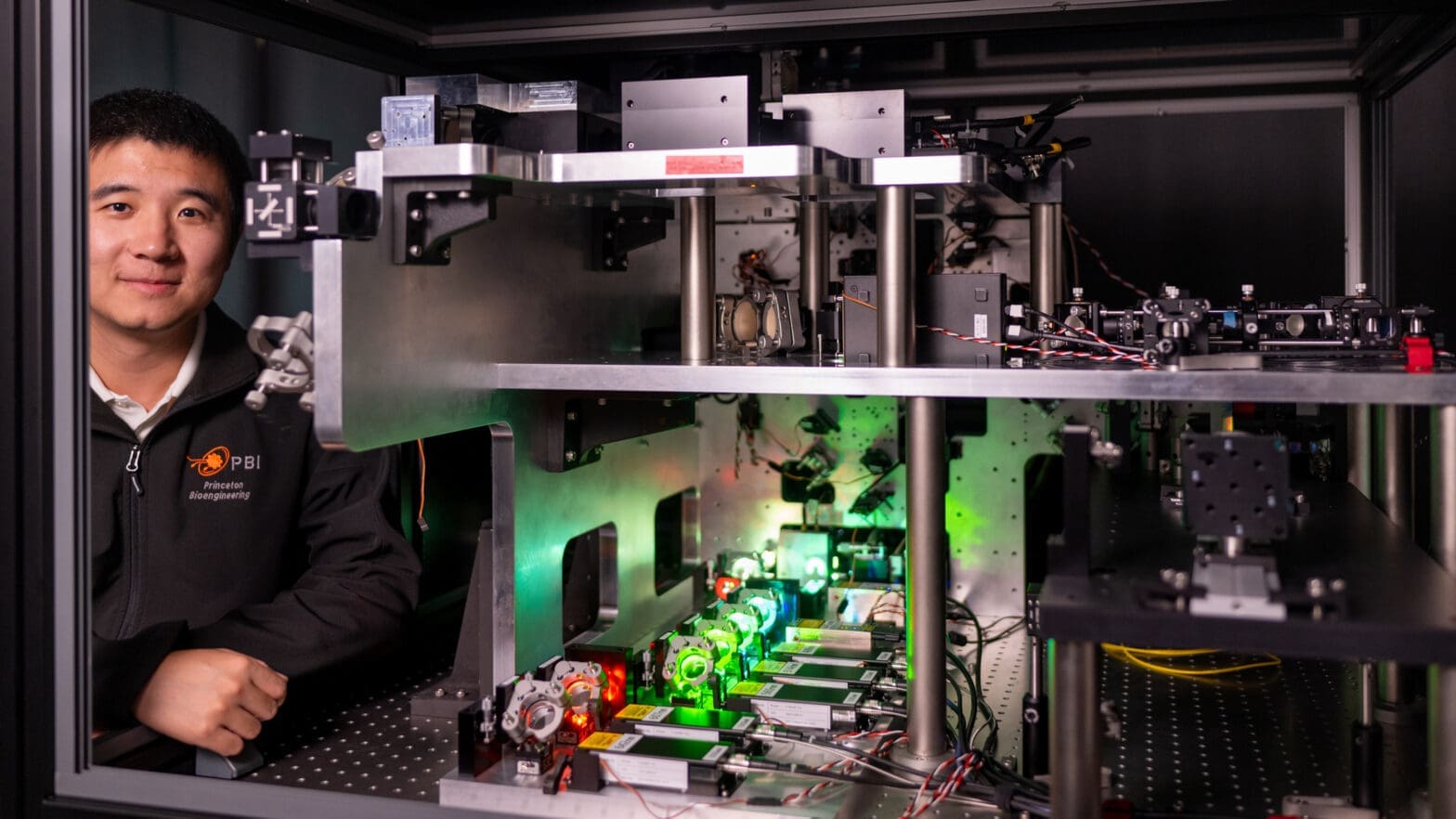
Advanced optics reveal how cells and molecules squirm, pulse and ooze
By
on
This article is from the Bioengineering: Unlocking mysteries, enabling impact issue of Equad News magazine.
No longer static, the cell squirms and pulses as it creeps along a blood vessel inside a zebrafish. A barbed tentacle extrudes from the cell and flails rapidly as the cell oozes along the bloodstream. Finally, the cell hooks the vessel and pulls itself in. The cell presses against the vessel wall.
“It wants to stick,” said Fu. “The cancer cell wants to find the loophole, so it can get out of the blood vessel.”
Fu, an assistant professor of electrical and computer engineering and the Omenn-Darling Bioengineering Institute, is pioneering a new science of cellular imaging, one that allows researchers to observe cells in their natural environment with high resolution. For centuries, our understanding of cells was based on static, two-dimensional images. As fundamental as they were for building modern biology, the images were limited by the technology used to create them. Now, scientists like Fu are combining advanced optical and computational methods to create three-dimensional, dynamic movies of cellular behavior within multicellular organisms.
“Biology and biomedicine have seen a lot of revolutions in recent decades, in genetics, biochemistry, structural biology,” Fu said. “A huge thing that is largely missing from this picture is the dynamics. In the end, life is defined by its animated nature.”
Fu uses adaptive optics, a technique ori-ginally developed by astronomers peering through the earth’s atmosphere, to create clear images inside multicellular organisms such as zebrafish and mice. The images and video allow scientists to observe cellular behaviors and interactions with unprecedented resolution. The technique also offers new insight into the mechanisms that drive the interactions. For example, the researchers can capture the dynamics of the cancer metastasis process inside a blood vessel, which can provide vital clues about how cancers spread through the body.
Besides cellular behavior, Fu is using the technique to study proteins and other molecules inside cells. His research team is developing new electronic devices to manipulate and study molecules in their native environment. The dynamics of molecules in space and time are critical in understanding biology, Fu said. Most organisms are made of the same basic chemicals, but it is how those chemicals behave and react in space and time that determines the nature of the organism.
“Most of the fundamental molecules across cells and species are the same, but the dynamics can be quite different,” Fu said. “In the end, it is how these molecules act in space and time that makes us human and a fish, a fish.”
